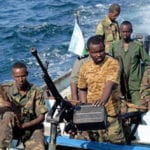 Weird Stuff
Weird Stuff  Weird Stuff
Weird Stuff  Mysteries
Mysteries 10 Tragic Disappearances and Deaths in Joshua Tree National Park
 History
History 10 Ways Childhood Really Sucked in the Old West
 Music
Music 10 Name Origins of Famous Bands from the 1990s
 Religion
Religion 10 Biggest Turnarounds by the Catholic Church
 Weird Stuff
Weird Stuff 10 Unbelievable Times Laws Had Unintended Consequences
 Humans
Humans Ten Historic Women Who Deserve Way More Credit Than They Got
 Movies and TV
Movies and TV 10 Films That Spawned Major Lawsuits
 History
History Ten Times Towns Were Wiped Off the Face of the Earth
 Creepy
Creepy 10 of the Most Disturbingly Haunted Public Houses in the UK
 Weird Stuff
Weird Stuff 10 Niche Subcultures That Are More Popular Than You Might Think
 Mysteries
Mysteries 10 Tragic Disappearances and Deaths in Joshua Tree National Park
 History
History 10 Ways Childhood Really Sucked in the Old West
Who's Behind Listverse?

Jamie Frater
Head Editor
Jamie founded Listverse due to an insatiable desire to share fascinating, obscure, and bizarre facts. He has been a guest speaker on numerous national radio and television stations and is a five time published author.
More About Us Music
Music 10 Name Origins of Famous Bands from the 1990s
 Religion
Religion 10 Biggest Turnarounds by the Catholic Church
 Weird Stuff
Weird Stuff 10 Unbelievable Times Laws Had Unintended Consequences
 Humans
Humans Ten Historic Women Who Deserve Way More Credit Than They Got
 Movies and TV
Movies and TV 10 Films That Spawned Major Lawsuits
 History
History Ten Times Towns Were Wiped Off the Face of the Earth
 Creepy
Creepy 10 of the Most Disturbingly Haunted Public Houses in the UK
10 Shocking Cases Of Modern Piracy
For most, the word “pirate” conjures up images of 17th-century swashbuckling adventure full of sword fights, plank-walking, and treasure. However, few realize that in recent decades, there has actually been a revival of high seas piracy. These pirates aren’t anything like the popular societal conception and have been known to commit horrible crimes.
Contemporary pirates are active in a number of areas, particularly the Indian Ocean, the Red Sea, off the coast of Somalia, and the Strait of Malacca. They are often armed with AK-47s and RPGs and typically use high-speed skiffs to capture large merchant ships, yachts, and other vessels, often taking hostages and demanding ransom. The problem of modern piracy is a serious one, with millions of dollars of goods being stolen as well as numerous murders and abductions every year. Here, we will look at ten of the most shocking cases of modern-day piracy.
10 The Quest
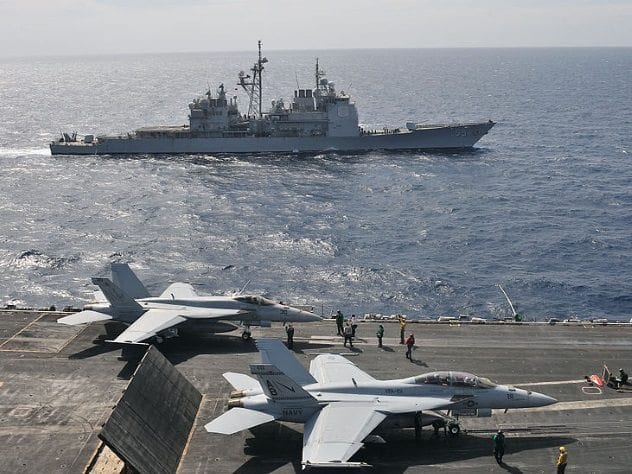
In 2011, four Americans were on the vacation of a lifetime, sailing around the world aboard their yacht, the Quest. Unfortunately, it quickly became a nightmare when they were hijacked and captured by Somali pirates about 305 kilometers (190 mi) off the coast of Oman. In response, the US Navy dispatched the aircraft carrier USS Enterprise and three other ships to intercept the pirates and free the hostages.
Within a few days, the Navy squadron had caught up to the Quest, which the pirates were attempting to sail back to Somalia. In an attempt to negotiate for the release of the hostages, two of the pirates were brought aboard the guided missile destroyer USS Sterett. The Navy offered to allow the pirates to take the yacht in exchange for the release of the hostages, but this was refused, as the pirates believed the hostages would be worth much more if they could be ransomed.
While negotiations were stalling, one of the pirates aboard the Quest fired a rocket-propelled grenade at the Sterett, which luckily missed. Immediately afterward, gunshots were heard from the Quest, and in response, a team of Navy SEALs were dispatched to take back the ship and secure the hostages. A brief skirmish ensued, in which two pirates were killed, one who was shot and another who was killed with a knife. The rest of the pirates surrendered. Unfortunately, all four hostages had been shot and subsequently died. The team also discovered the bodies of two additional pirates, who were apparently killed earlier under unknown circumstances.
To this day, it remains unclear what exactly caused the pirates to kill the hostages. The Quest incident is an all-too-real reminder of the dangers posed by modern piracy.
9 The Chaumont
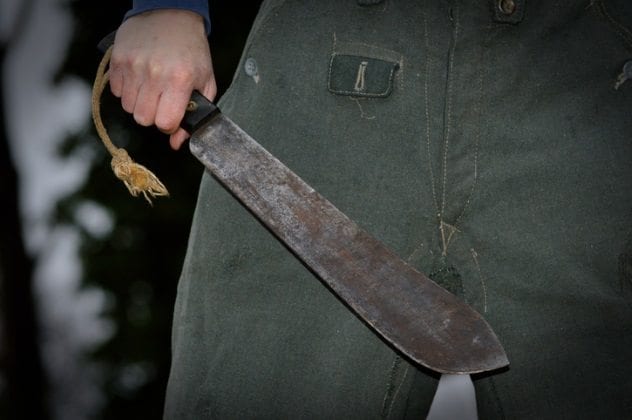
According to experts, one of the most serious dangers associated with modern piracy is the risk of an environmental disaster. When pirates capture merchant ships, they often tie up the crew and leave the ship unmanned—and possibly still moving at full speed. Some fear that if a ship were captured and left unmanned in a narrower channel such as a strait, there is a high probability that it could crash, with the contents of the ship (often oil) being spilled into the ocean. Such a disaster nearly occurred in 1999, when the French tanker Chaumont was ambushed by pirates in the Strait of Malacca (between Malaysia and Indonesia).
The pirates were armed with machetes and struck in the early morning hours, quickly taking control of the tanker. After tying up the crew, the pirates looted the safe and left. However, the crew were unable to free themselves for at least 35 minutes, during which time the tanker was moving unmanned at full speed through the narrow channel. Many consider it a miracle that the ship didn’t collide with another ship or the rocks and reefs which surrounded it on both sides of the strait.
8 Sir Peter Blake
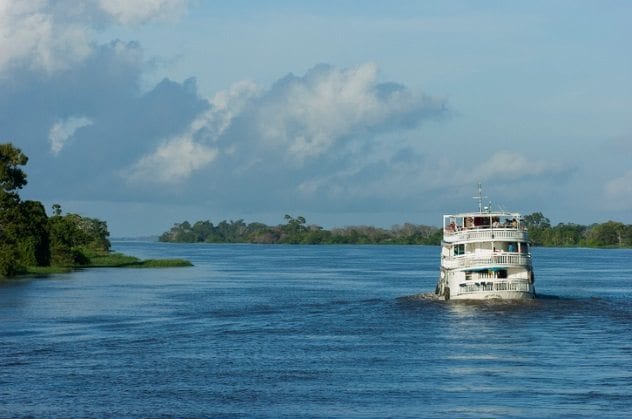
In 2001, the world was shocked by the tragic murder of Sir Peter Blake, a famous New Zealand sailor. Blake is considered to be one of the greatest sailors of all time, having twice won the America’s Cup, the most prized trophy in the sport, while also setting a number of world records. In 2001, he began sailing up the Amazon River as part of research expedition to examine the environmental status of the river.
On the night of December 5, Blake and the additional 14 crew members aboard the yacht Seamaster were anchored outside the city of Macapa when they were boarded by a group of up to eight pirates armed with guns and knives. While they were making demands, Blake reached for a rifle that he kept and shot one of the intruders. The pirates returned fire, killing Blake. They then fled with only a small motor engine and a few watches.
Piracy on the Amazon River is unfortunately quite common. Many contend that the problem has only become worse in recent years and suggest that there is virtually no rule of law on the Amazon. The tragic killing of Sir Peter Blake illustrates the ugly reality of modern piracy: It occurs all over the world and does not necessarily have to be on the open ocean.
7 The Tebbutt Kidnapping

In September 2011, British citizens Judith Tebbutt and her husband David were vacationing at a luxury resort on the Kenyan coastline. The two were the only guests at the isolated resort, which left Judith feeling nervous. On the second night of their stay, the two were awoken in the night by a group of armed pirates. Judith was forced aboard a boat and sped away to Somalia, where she was held as a hostage in a small, isolated hideout.
During her captivity, she learned David had been killed on the night of the abduction after struggling with one of the captors. Some officials believe that the pirates may have been connected to the Islamic militant group Al-Shabaab. In March 2012, Judith was released by her captors after having been held for six months. It is believed that she was released after her family paid a ransom to the pirates.
6 The Maersk Alabama
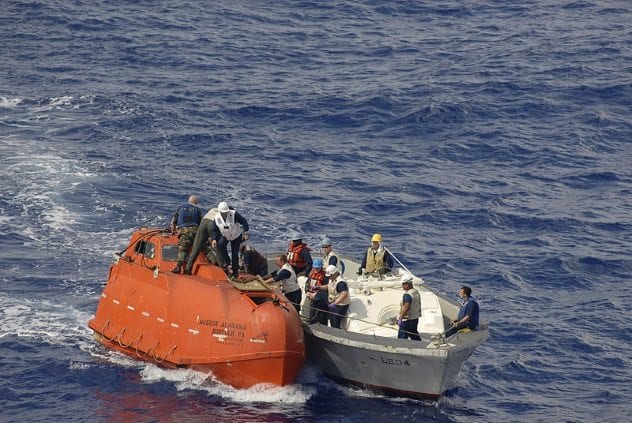
Now famous for inspiring the movie Captain Philips, the 2009 hijacking of the American-crewed merchant ship Maersk Alabama drew international attention. The ship was crossing the Indian Ocean, bound for the Kenyan port of Mombasa, when it was attacked by Somali pirates on a smaller speedboat. Despite defensive action taken by the crew, the pirates managed to board the ship.
Within minutes, the pirates had captured the captain of the ship, Richard Phillips, but were unable to apprehend most of the 21-man crew, many of whom had hid or locked themselves in a secure room. The crew successfully shut down the ship, making it impossible for the pirates to control it. They also actively resisted, at one point ambushing one of the pirates with a knife and taking him hostage.
The pirates quickly realized that they could not control the ship and abandoned it. Three of the pirates decided to board a lifeboat, taking Captain Phillips with them as a hostage in an attempt to make it back to the Somalian coast. The lifeboat was shadowed by a number of US Navy ships, which were negotiating with the pirates for the release of the captain. After days of failed negotiations as well as a failed escape attempt by Phillips, Navy SEAL snipers on the USS Bainbridge simultaneously fired on the pirates, killing all three. Captain Phillips was saved, and he and his crew are considered heroes by many for their quick thinking and bravery.
5 Achille Lauro Hijacking
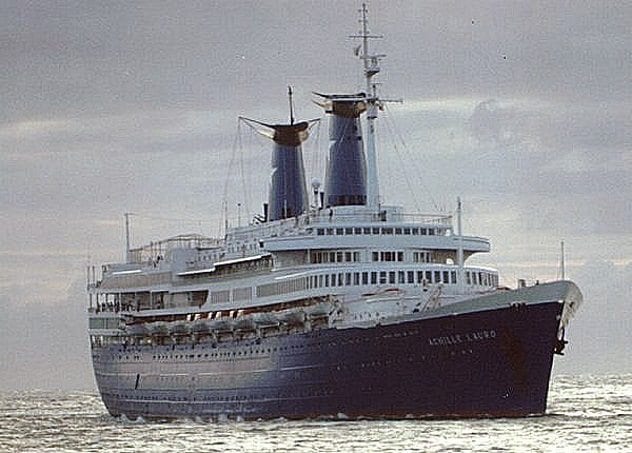
The Achille Lauro was an Italian cruise ship which was sailing the Mediterranean Sea with over 700 passengers aboard in 1985. On October 7, the ship docked in Alexandria, where many of the passengers disembarked to explore the pyramids. Back on the ship, four Palestinian militants linked with the Palestinian Liberation Front brandished machine guns and took over, ordering the ship to leave port with some 400 crew and passengers still onboard. While most consider them terrorists, they are also technically pirates, due to the fact that they performed an act of piracy.
The gunmen demanded the release of 50 Palestinian prisoners being held by the Israelis, who refused to respond. The militants then directed the Achille Lauro to sail to the Syrian port of Tartus but were refused entrance by the Syrian government. Frustrated by the turn of events, one of the gunmen shot and killed a wheelchair-bound 69-year-old American Jewish man and threw his body overboard. It is believed the man was targeted because of his religion.
The ship then returned to Egypt, where the hijackers surrendered to Egyptian authorities and freed the passengers in exchange for free passage and an airplane to fly them to an undisclosed location. However, after the aircraft carrying the men took off, it was intercepted by US fighter jets on the orders of President Ronald Reagan. The flight was forced to land at a NATO airbase in Italy, where Italian officials then arrested the hijackers.
4 The Naham 3
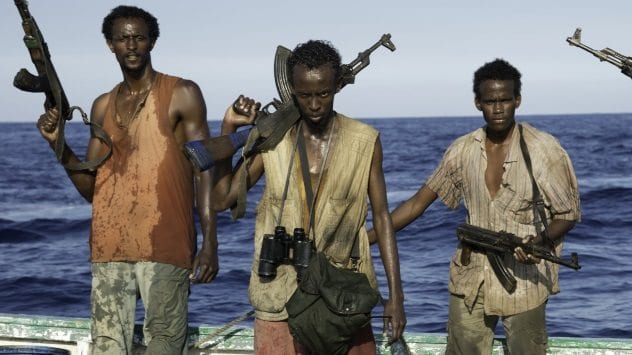
The Naham 3 was a fishing vessel, which had been fishing in the Indian Ocean in 2012 when it was attacked and captured by Somali pirates. The crew of 29 hailed from various Asian countries, including China, Vietnam, and the Philippines. They were eventually transported back to Somalia, where they were held in the desert while their captors demanded huge sums of money for their safe return.
The crew reported that during this time, they were often beaten and ate rats and bugs to survive. Two of the crew died from disease, and another was gunned down. After four and a half years, the pirates eventually settled for a significantly smaller amount of money, and the 26 remaining hostages were released and returned to their homes. They had been held captive or 1,672 days.
3 The Hye Mieko
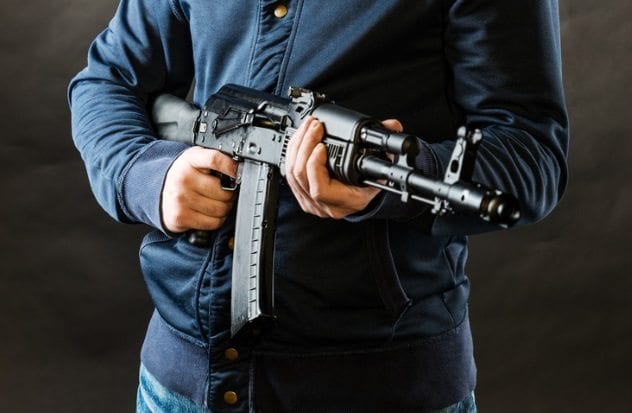
The Hye Mieko was a merchant ship owned by a Singaporean company and was sailing from Singapore to Cambodia in June 1995. However, the ship, which was loaded with $2 million worth of cigarettes and other goods, never made it to Cambodia. According to reports, the Hye Mieko was stopped and boarded by what appeared to be a China Coast Guard cutter. It was then forced to sail thousands of kilometers through international waters until it reached Southern China.
When it arrived, the ship was impounded and the cargo sold, but it was unclear who sold the goods or where the money went. China denied any wrongdoing or knowledge of the incident, despite the fact that the Chinese government has been accused of committing piracy many times. Interestingly enough, the ship even put out a distress call, claiming it had been attacked by pirates, and still, no one came to their aid. It is not uncommon for modern piracy to involve a certain level of complicity on the part of local governments and authorities, as is evident in the case of the Hye Mieko.
2 Seabourn Spirit Cruise Attack
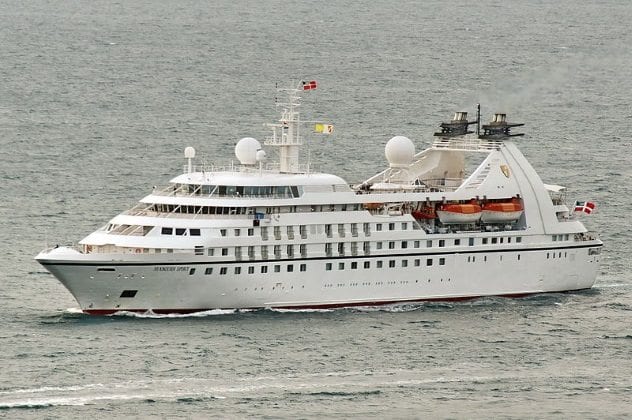
In 2005, the cruise liner Seabourn Spirit was sailing about 160 kilometers (100 mi) off the coast of Somalia when it was attacked by pirates. Two skiffs with heavily armed pirates circled the cruise liner, which was carrying about 300 passengers, before opening fire. The pirates shot at the vessel with machine guns and RPGs, hitting it a number of times. Two security officers aboard the Seabourn Spirit, Michael Groves and Som Bahadur Gurung, attempted to fend off the pirates with a high-pressure hose and a high-tech sonic cannon known as an LRAD.
During the skirmish, Gurung was wounded by shrapnel from an RPG blast but was dragged to safety by Groves, who continued to fight the pirates under heavy fire. After about 30 minutes, the pirates finally gave up and retreated, and the Seabourn Spirit escaped to safer waters. For their bravery, both Gurung and Grove were awarded medals by the queen of England.
1 The Erria Inge

The Erria Inge was an Australian freighter which was chartered by its owner to be used by a Chinese company in 1990. However, within a matter of months, the owner and the company lost all contact with the ship and the crew, and it was believed that the ship had been pirated.
It later became clear that through a number of various underground connections, the ship was given a new name and likely fake papers, allowing the illegally stolen ship to be used in “legal” shipping. This is what is known as a “phantom ship.” Pirates will often capture ships to use them as phantom ships, knowing that most navies will not go out of their way to try to recapture the vessels.
The mysterious story of the Erria Inge took a dark turn in 1992, when after being bought as scrap by its new “owner,” workers made a startling discovery. In an unused freezer, the remains of ten burned bodies were found. It is unclear who the victims were or what happened, but it is highly likely that pirates were somehow involved. The shocking discovery made aboard the stolen Erria Inge is a frightening reminder of the dangers that are still very much present on the high seas.
Brad Sylvester is a student at Fordham University. He can be reached for comments or questions at [email protected].



